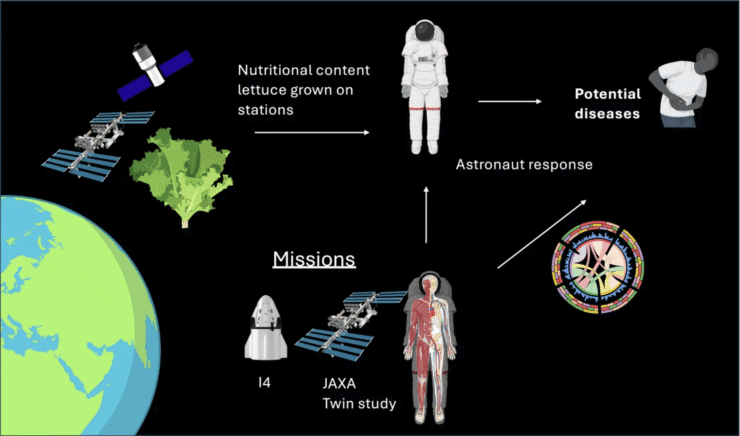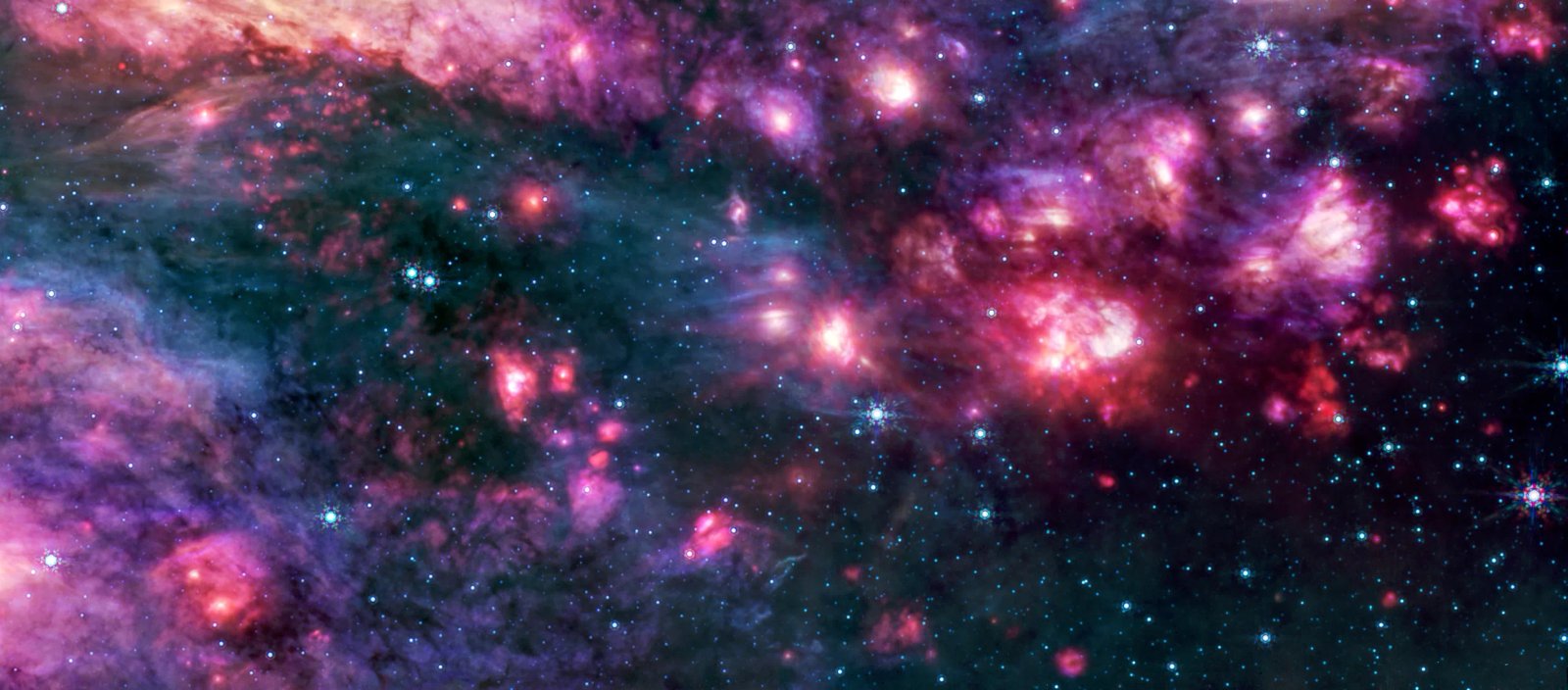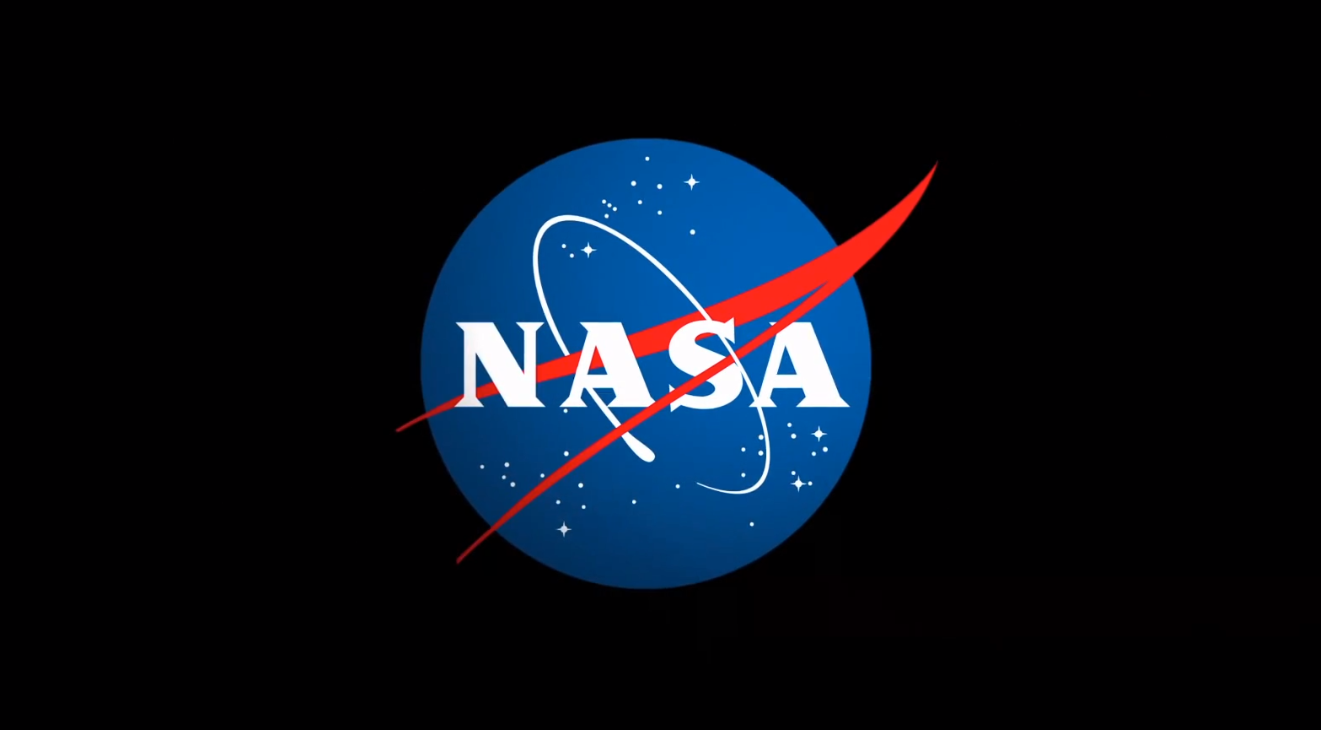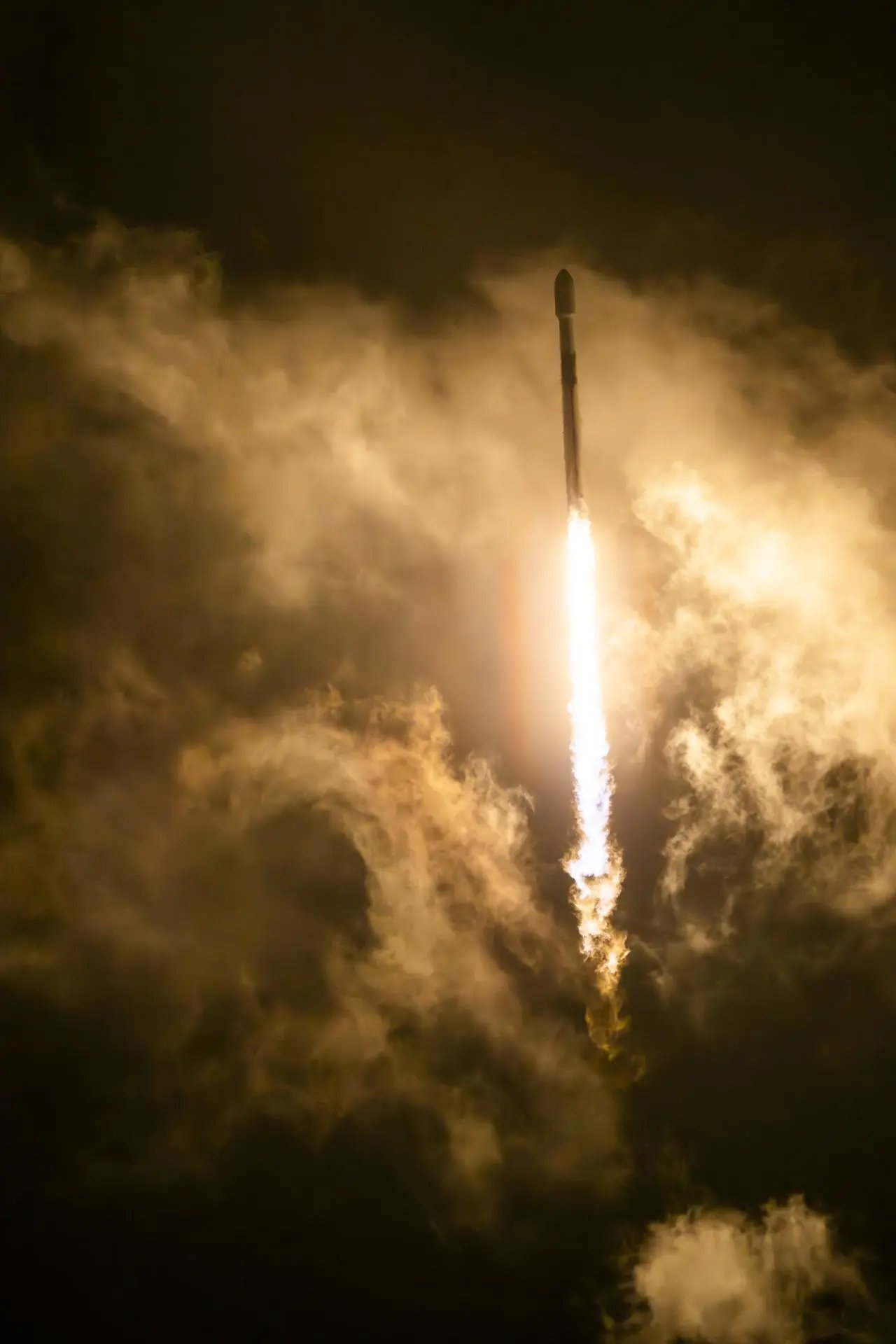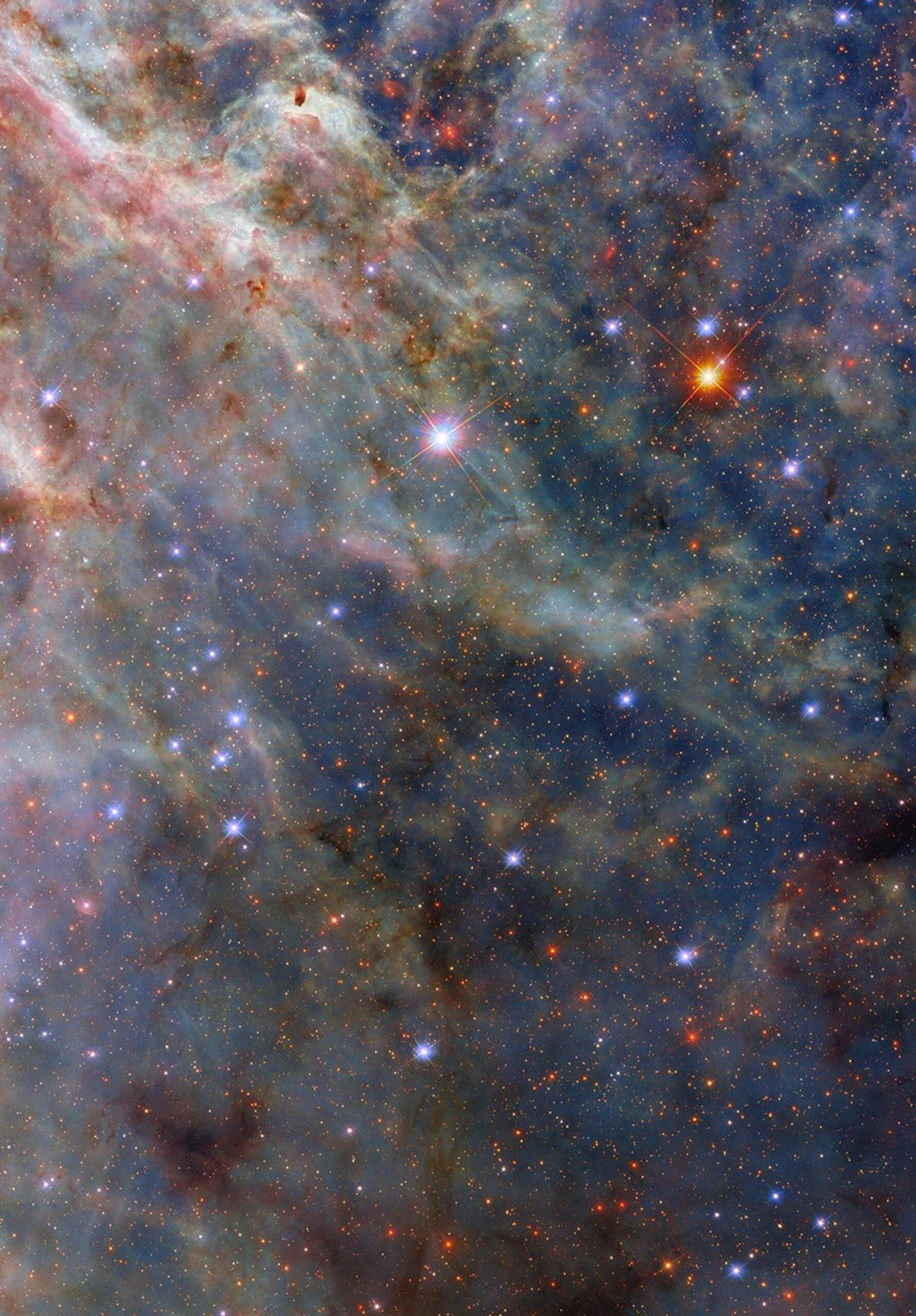Imagine this: astronauts floating inside the International Space Station, munching on a fresh salad. Sounds simple? Maybe. But in the realm of space exploration, such scenes are groundbreaking. They aren’t just about sustenance—they’re about survival, health, and human progress beyond Earth.
Recently, citizen scientists from NASA’s Open Science Data Repository teamed up. Their mission? Analyze the data from space crops—yes, lettuce grown onboard space stations. What they found was fascinating: this space-grown lettuce has about 30% less calcium and a quarter less magnesium than Earth-grown crops. It’s a small detail, but it raises big questions. How do we ensure space-grown food can meet astronauts’ nutritional needs? How does the space environment alter the foods meant to keep humans alive and thriving?
This research isn’t just about science. It’s about quality of life. When humans go to Mars, they won’t have the option to hop in a car and drive to a grocery store. Instead, they’ll need to grow their own food—literally, see it sprout in their spacecraft. Growing fresh lettuce in space is an achievement. It’s a step toward independence, resilience, and health beyond our blue planet.
But here’s the catch: space isn’t friendly to plants. Microgravity changes how plants absorb nutrients, and this affects their composition. Understanding these effects allows scientists to optimize space farming. It’s about making sure our salads are not just green, but wholesome—packed with calcium, magnesium, and other vital nutrients.
It’s easy to see why citizen scientists matter. They bring a fresh perspective, a sharpened eye, and a passion that accelerates discovery. Their work helps NASA design better food systems for long-term missions—missions that could someday colonize planets, establish bases, and even turn the barren landscape of space into a new homestead for humanity.
This is science in action—bold, nuanced, and urgent. It reminds us that exploration isn’t just about reaching new worlds. It’s about improving our lives. And perhaps, providing salads in space? Well, that’s Earth’s good old ingenuity, reaching out for us, one leaf at a time.

Startups and the Science of Growth
NASA’s work represents the ultimate expression of our generation’s abilities in mathematics, science, and engineering. Their achievements will continue to inspire future generations for years to come.
NASA’s approach to growing food in space offers valuable lessons for startups. Their use of open data and collaborative analysis encourages innovation through shared knowledge. This transparency can inspire new business models that prioritize open collaboration and data-driven decisions.
One strategy is adopting NASA’s use of advanced grow systems. Startups can develop or improve vertical farms and hydroponic setups using lessons from space agriculture. This could lead to affordable, sustainable food solutions for urban areas.
Another tactic is applying NASA’s principles of iterative testing. Launch small experiments, analyze results, and refine techniques. This rapid prototyping approach accelerates product development in fields like biotech and clean energy.
Additionally, startups can leverage NASA’s open data ethos. By sharing their research openly, they foster community-driven innovation. This transparency attracts talent and investors interested in cutting-edge solutions.
Finally, space agriculture highlights the importance of nutritional data. Startups focusing on personalized nutrition can use similar data analysis to tailor diets, improving health outcomes with precision.
Looking ahead, the innovations from space food research could transform our global food markets. Reduced reliance on traditional agriculture may lead to more resilient, scalable food systems. As these technologies evolve, they could boost economies by creating new industries around sustainable space and Earth-based food production. Ultimately, the lessons from “Lettuce Find Healthy Space Food!” demonstrate that space exploration can inspire breakthroughs that benefit the entire world.
From the desk of a CISO
This is where technology and human creativity converge to solve problems, both simple and complex. It’s where innovation thrives and possibilities are limitless.
It’s a fallacy that NASA is over-funded or wasteful in its spending. Their work is critical to advancing our understanding of the universe and improving life on Earth.
Although NASA’s budget has increased in recent years, it still represents a tiny fraction of the overall federal budget.
On my website, I make it a point to highlight stories like this to enrich my writing process and bring meaningful narratives to a wider audience. If you found this article engaging, you might enjoy other stories in the Science section or Small Business section.
To check the original story Click here
Expand Your Horizons
Here are some more Space and Science learning resources Learning Resources for Educators.


